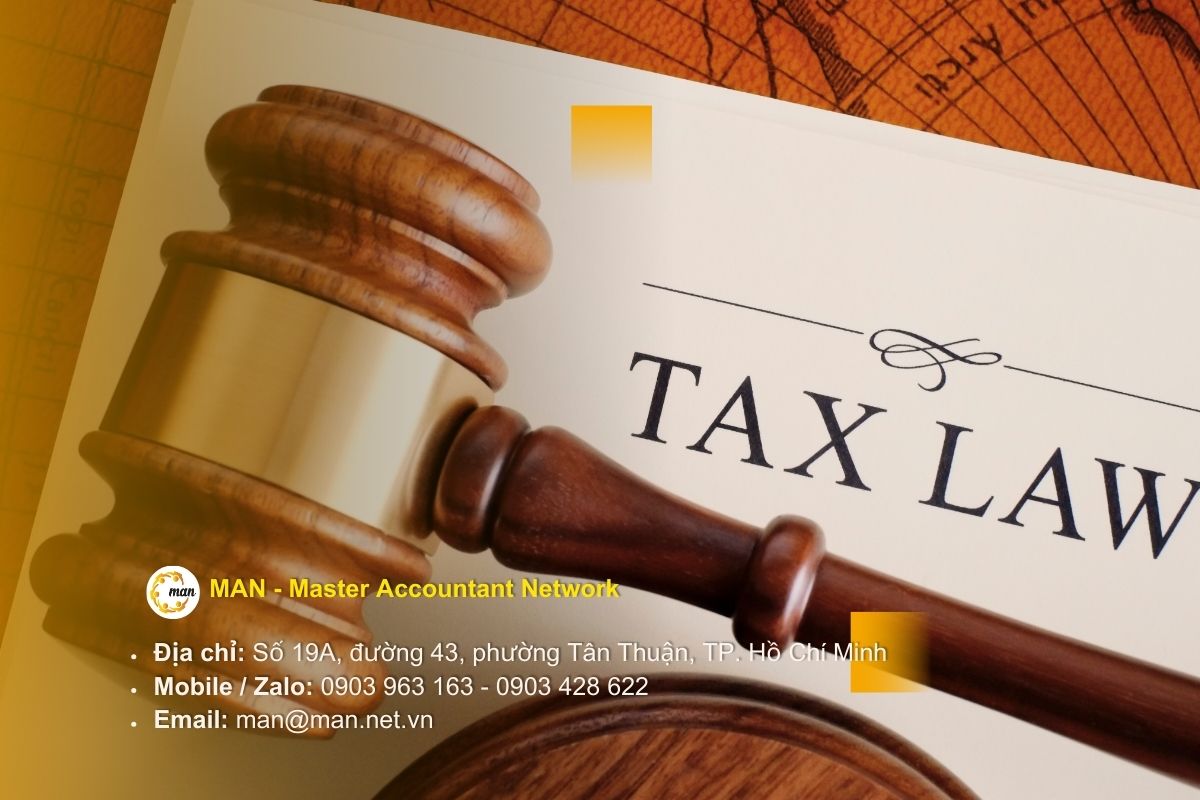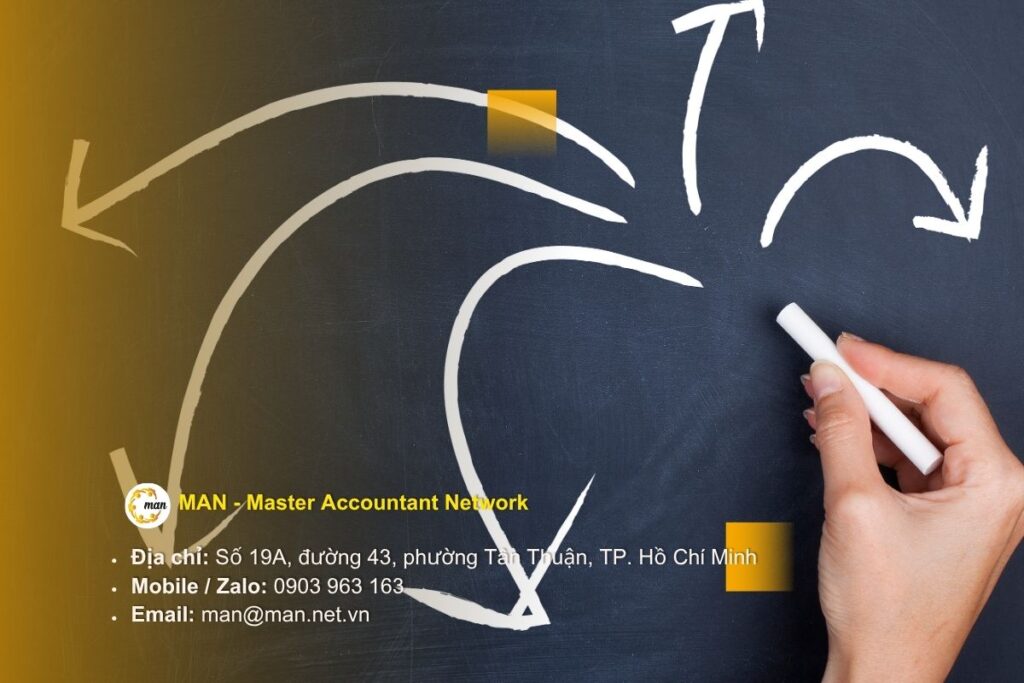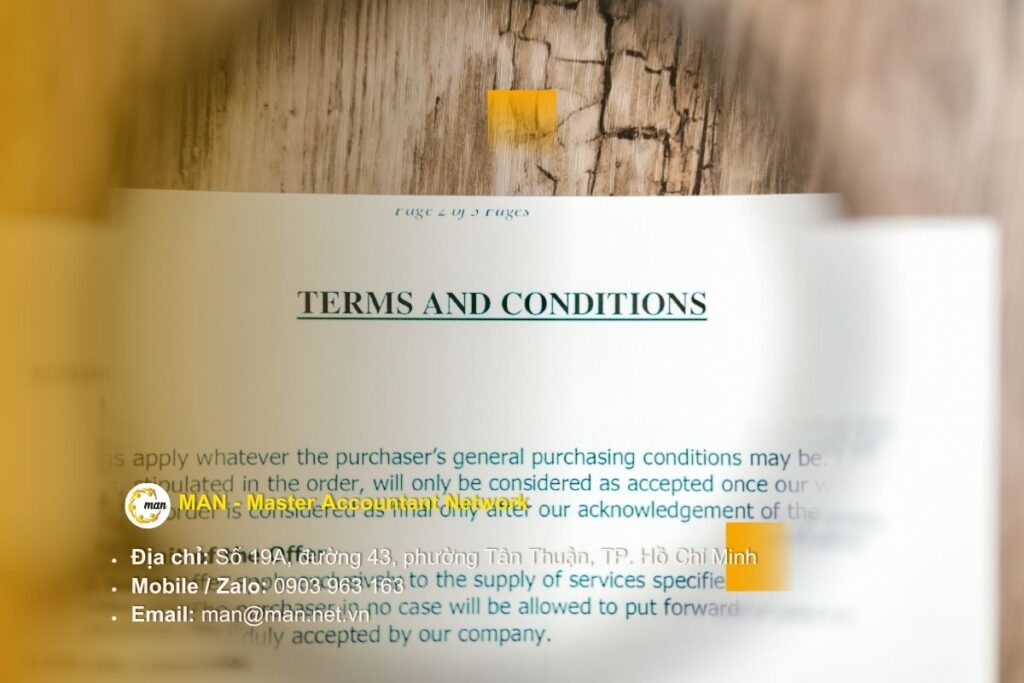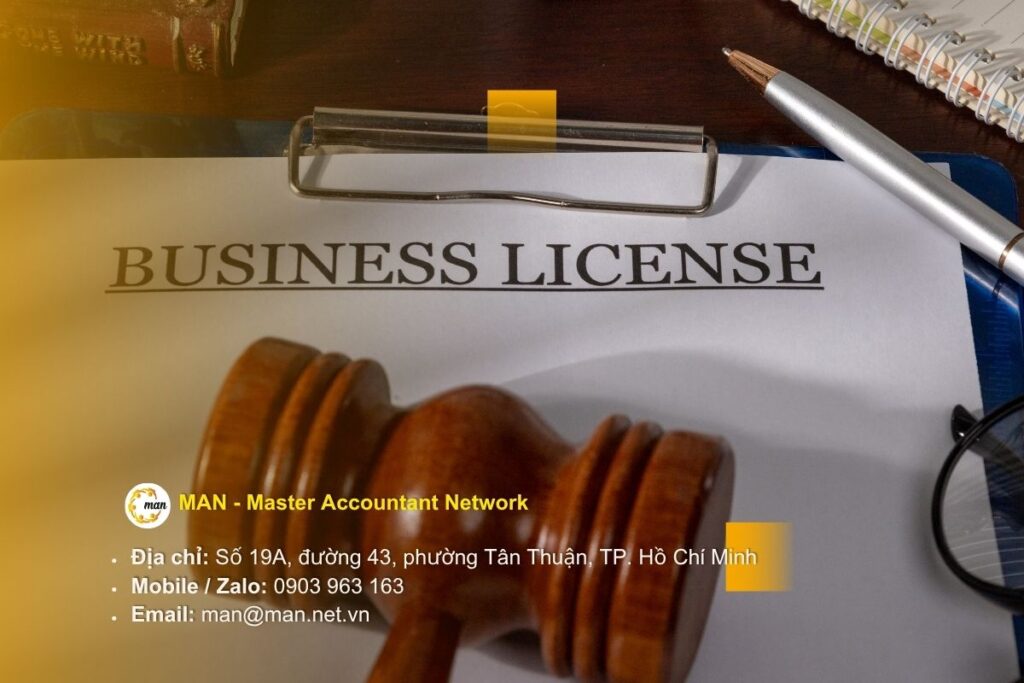Affiliate transactions and normal transactions are not only different in the relationship between the parties, but also determine whether the enterprise is "scrutinized" by the tax authority or not. If the distinction is wrong, the consequences can be billions of dong in arrears and affect the brand's reputation. The difference between related party transactions and normal transactions is the "line of life and death" in corporate governance. Just one wrong classification step, the enterprise can lose billions of dong due to arrears of taxes and lose the trust of partners and investors. So what is the clear boundary between the two types of related party transactions and normal transactions? Let's find out with MAN - Master Accountant Network in the article below.
Reasons to distinguish between related transactions and normal transactions
Related party transactions and ordinary transactions are the key boundary in corporate governance. Accurate identification is not only an administrative procedure but also directly affects taxes, financial reporting, auditing, risk management and reputation in the market. Below is a table of reasons to distinguish between related party transactions and ordinary transactions.

Board: Reasons to distinguish between related transactions and normal transactions
| Criteria | Affiliate transactions | Normal transaction | Meaning when distinguishing |
| Legal basis | Strict regulations according to Decree 132/2020/ND-CP and transfer price records. | Only comply with market price principles. | Helps businesses identify when special documentation is needed. |
| Tax impact | Risk of being assessed price and collected by tax authorities. | Less risk, easier to prove market price | Avoid penalties, optimize tax obligations. |
| Governance and transparency | Clearly and fully explain relevant legal documents to the tax authorities. | Simple procedure, few proof required. | Increase the credibility and reliability of financial reporting. |
| Consequences of mistakes | Tax collection with penalties and impact on business reputation and image | Low risk of serious harm. | Identify correctly for optimal and effective risk management. |
Distinguishing between related party transactions and normal transactions not only helps businesses meet legal requirements but also plays an important role in tax administration, financial transparency and reputation protection.
Related party transactions and normal transactions have a direct impact on tax compliance, risk management and financial transparency.
Distinguishing between related party transactions and normal transactions directly affects the three pillars of tax compliance, risk management and financial transparency. Specifically, the impacts are as follows:
Tax compliance
When a transaction falls within the scope of related party transactions, taxpayers are required to determine the price according to the arm's length principle and prepare documents to prove the method, comparative data and analysis of functions - risks - assets. This is a clear legal requirement in Decree 132/2020/ND-CP on tax management for enterprises with related transactions.
As a result, if the distinction between related-party transactions and normal transactions is incorrect, the tax authority has the right to adjust prices or profits, collect corporate income tax (CIT), impose administrative fines and calculate late payment interest. Decree 132/2020/ND-CP and Decree 20/2025/ND-CP amending and supplementing Decree 132/2020/ND-CP also update regulations on interest expenses and expand some criteria related to related parties.
Risk management
Affiliated transactions easily create risks in management such as: cross-benefits, internal price manipulation and profit shifting between legal entities in the same group. Without a control mechanism, businesses can easily lose control of costs or selling prices, affecting cash flow.
This leads to consequences when the risk is abused to reduce taxes (abuse of transfer prices), liquidity risk (when internal prices do not reflect market conditions) and legal risk when related party control is weak. Amendments and supplements to the Decree (such as expanding the way to determine related parties with credit institutions) also increase the scope of supervision.
Financial transparency and auditing
Financial statements must disclose transactions with related parties (according to VAS accounting standards) and the auditor is responsible for assessing the risks posed by these transactions (according to VSA 550 on related parties). Lack of transparency or lack of records will cause the auditor to expand procedures or request adjustments.
The consequences of not identifying related party transactions and normal transactions may be requiring adjustments to financial statements, or even being considered fraudulent by tax authorities if management fails to provide sufficient information on related party transactions.
Distinguishing between related party transactions and normal transactions – tax, legal and corporate governance perspectives

According to the provisions of Decree 132/2020/ND-CP of the Government on tax management for enterprises with related-party transactions, the concept and scope of application between related-party transactions and normal transactions are clearly defined. Specifically, related-party transactions are transactions arising between related parties according to the following criteria: one party directly or indirectly holds 25% or more of the other party's capital contribution; one party has the right to control and appoint members of the Board of Directors/Board of Members of the other party; or enterprises that are dependent on the same owner, organization or individual for common management. These transactions may include the purchase and sale of goods, provision of services, borrowing and lending, and transfer of tangible and intangible assets.
Meanwhile, normal transactions are transactions that arise in the market between unrelated parties, carried out entirely according to the principles of supply and demand and independent market prices. These transactions are not required to prepare transfer pricing records, but still need to fully comply with the provisions of the Law on Tax Administration, the Law on Accounting and Vietnamese Accounting Standards (VAS) to ensure transparency and legality.
The distinction between related party transactions and normal transactions is of particular importance because it is directly related to:
- Obligations to declare, prepare records and publish information: Enterprises with related-party transactions are required to declare forms 01, 02, 03 according to Decree 132 and keep records of transfer pricing to prove compliance with the principle of independent market.
- Tax assessment authority's right to determine tax: If the enterprise fails to prove the price conformity, the tax authority has the right to re-determine taxable income, leading to collection, fines and late payment interest.
- Transparency in financial reporting: Information on related parties and related-party transactions must be disclosed in accordance with VAS 26 and auditing standards VSA 550. In contrast, normal transactions only need to ensure valid documents and comply with general accounting principles.
Thus, the current legal framework has created a clear boundary between related-party transactions and normal transactions, helping businesses both comply with the law and improve transparency in management and reporting.
Criteria for distinguishing between related transactions and normal transactions

To clarify the differences between related-party transactions and normal transactions, businesses can refer to the following comparison table, which presents important criteria to help businesses easily distinguish and apply them in practice:
Board: Compare affiliate trading and normal trading.
| Criteria | Affiliate transactions | Normal transaction | Meaning |
| Legal basis | Governed by Decree 132/2020/ND-CP, Circular 45/2021/TT-BTC, VAS 26, VSA 550. | Only comply with the Law on Corporate Income Tax, Law on Tax Administration, Law on General Accounting. | Businesses know when to create special records. |
| Relationship between the parties | Has ownership over 25%, administrative control, and is dependent on a third party. | The parties are independent and have no controlling relationship. | Clear distinction helps businesses avoid tax assessment and penalties. |
| Declaration obligation | Must declare form 01, 02, 03 with the Appendix specified in Decree 132/2020/ND-CP See details: Instructions for declaring related party transactions according to Decree 132 | No need to fill out a special form. | Avoid mistakes when submitting corporate income tax finalization declaration. |
| Records to be kept | Transfer pricing determination files (Local File, Master File, CbCR). | Contracts, invoices, regular transaction documents. | Demonstrate legality and transparency. |
| Tax Risk | Risk of price fixing, tax collection, penalties and late payment interest. | Less risky, mainly requires checking the validity of contracts, invoices, and documents. | Minimize long-term financial risk. |
| Requirement for transparency in financial reporting | Comply with VAS 26 and VSA 550 related party regulations. | No special requirements, follow general standards. | Ensure transparency of information to shareholders and auditors. |
| Management impact | Conflict of interest and transfer pricing risks can easily arise. | Less risk of vested interests. | Businesses need tight internal control mechanisms. |
| For example | The parent company sells raw materials to its subsidiary at low prices, then re-imports products at high prices. | Company A buys raw materials from unrelated company B. | From the example partly helps businesses visualize. |
Thus, through the above table, it can be seen that related party transactions and normal transactions have significant differences in legal obligations, tax risks and transparency requirements. This is the foundation for businesses to proactively establish control processes, both complying with the law and minimizing financial and reputational risks.
Conclude
Distinguishing between related party transactions and normal transactions not only helps businesses avoid the risk of being charged tens of billions of dong in back taxes, but also enhances their reputation in the eyes of investors. Don’t let small mistakes become big “traps”. Let MAN – Master Accountant Network accompany your business in reviewing, controlling and advising on optimal solutions, helping you stand firm against all tax inspections.
Contact information MAN – Master Accountant Network
- Address: No. 19A, Street 43, Tan Thuan Ward, Ho Chi Minh City
- Mobile / Zalo: 0903 963 163 – 0903 428 622
- E-mail: man@man.net.vn
Editorial Board: MAN – Master Accountant Network




